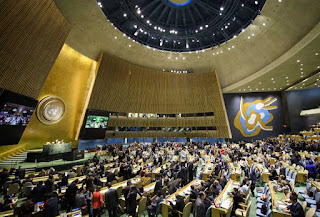Should Indians hold their obsession with Pakistan?

Indians are always very much obsessed with Pakistan and vice versa. Every time people from both country are comparing with each other. Let's see where India and Pakistan stands today. 1. Population (Dec 2020) India - 1.387 billion Pakistan - 223.02 million India is roughly 6.2 times bigger than Pakistan. 2. GDP PPP (2019, World Bank) India - $ 9.612 trillion Pakistan - $1.058 trillion India is roughly 9 times bigger than Pakistan. 3. GDP per capita (UNCTAD data) India - $2239 Pakistan - $1193 4. Military Expenditure (SIPRI Report) India - $71.1 billion (2.4% of GDP) Pakistan - $10.3 billion (3.9% of GDP) 5. Forex Reserve held by Central bank(11 Dec 2020) India - $ 578.57 billion Pakistan - $ 13.3 billion India is roughly 45 times bigger than Pakistan. 6. Merchandise Export (2019) India - $ 322 billion Pakistan - $ 20.8 billion India is roughly 15 times bigger than Pakistan. 7. Services Export (2019) India - $214.36 billion Pakistan - $ 5.78 billion India is roughly 37 times ...



















